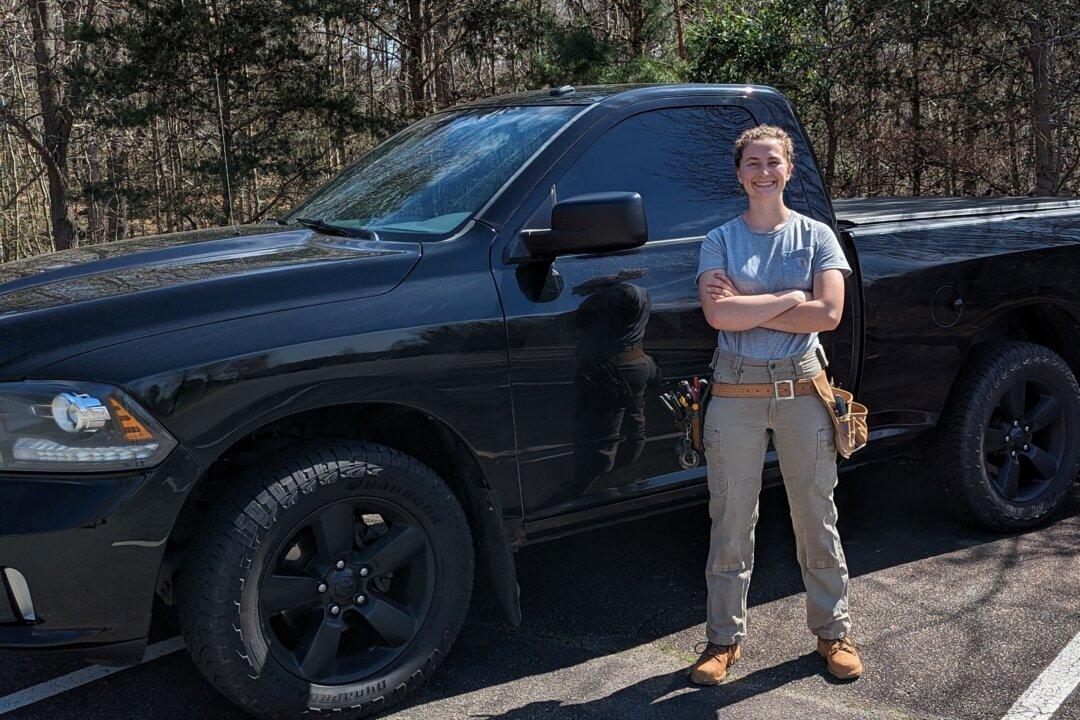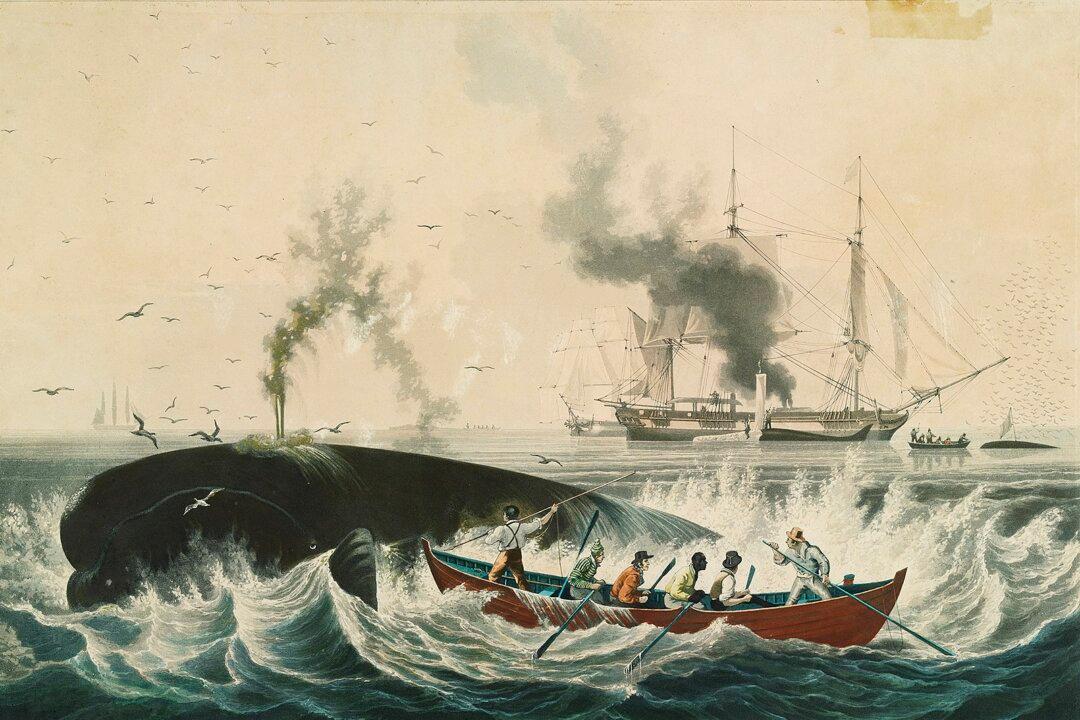As Berry reports, U.S. Department of Education Secretary Betsy DeVos pronounced these results “inexcusable,” stating that “America’s antiquated approach to education is creating a generation of future leaders who will not have a foundational understanding of what makes this country exceptional.”
Cyber History
With our schools shut down until at least the fall, we parents and grandparents have the opportunity this spring and summer to introduce our young people to times gone by. Our libraries may be closed, but we have at our fingertips the means to time travel into the American past.Kitchen Table Classroom
Compose a list of topics for the kids. What was the Battle of Okinawa and why was it important? Why did the North have more factories than the South in 1860? Who was Sequoia? What was the significance of the Lewis and Clark expedition? The younger ones can tackle simpler subjects: What happened at the Alamo? Who was Thomas Edison? Clara Barton? Why is Patrick Henry still remembered today?
Have your students make some notes from this research and deliver mini-lectures once or twice a week after supper. By researching, writing, and reporting aloud what they have discovered, that information will stick with them much better than having merely watched a video. Siblings can learn as well from these brief presentations.
You can also use this kitchen table classroom to teach critical thinking. Read aloud, for example, Lincoln’s Gettysburg Address and then dissect his words. What does “Four score and seven years ago” mean? To what event is Lincoln referring? What is the “great civil war?” For what purpose are he and his audience gathered in this little Pennsylvania town? What does he mean by “government of the people, by the people, for the people?”

Popcorn and the Past
Hollywood has made hundreds of movies centered on historical events, many of which can be watched by the whole family.Here are just a few films for your consideration: the excellent television series “John Adams”; “Gettysburg,” a solid movie based on Michael Shaara’s novel “The Killer Angels”; “The Longest Day,” which gives us the invasion of Normandy without the gore and obscenities of another fine movie, “Saving Private Ryan”; the old Disney classic “Johnny Tremain,” about Boston and the beginnings of the American Revolution; “Mr. Smith Goes to Washington,” with Jimmy Stewart imparting a lesson in civics; the hardships of the immigrant life in “A Tree Grows in Brooklyn”; the Civil War movie “Shenandoah,” with another fine performance by Stewart; the classic “Drums Along the Mohawk,” which tells of frontier life during the Revolution; “Apollo 13,” which might kick off a discussion of the U.S. space program; and “Gone With the Wind,” another classic offering viewers any number of subjects for discussion.

Vacations on the Sofa
The internet offers a glittering array of virtual tours of museums, famous homes, and battlefields. Start with Missy Sullivan’s “10 Virtual History Museums and Experiences to Explore From Home,” which includes visits to such places as the Smithsonian Museum of American History, the National Museum of African American History and Culture, and the U.S. Holocaust Memorial Museum.
Our Future Depends on Our Past
When we explore the past, we enter into a grand and exciting laboratory of the human heart and mind. After all, what is history if not the story of people and events, courage and ingenuity, wisdom and folly, triumph and disaster? By such expeditions, our children will not only broaden their knowledge of America’s past, but they will also become citizens able to use that past as a ruler to measure the present and as a compass to guide them into the future.Science fiction writer Robert Heinlein once said, “A generation which ignores history has no past—and no future.”
By giving our young people the past, we are giving them a future.






